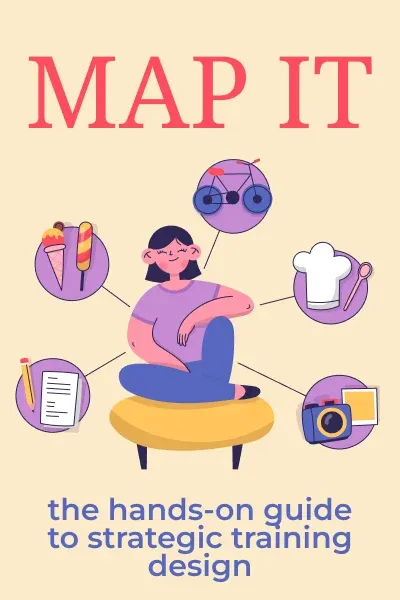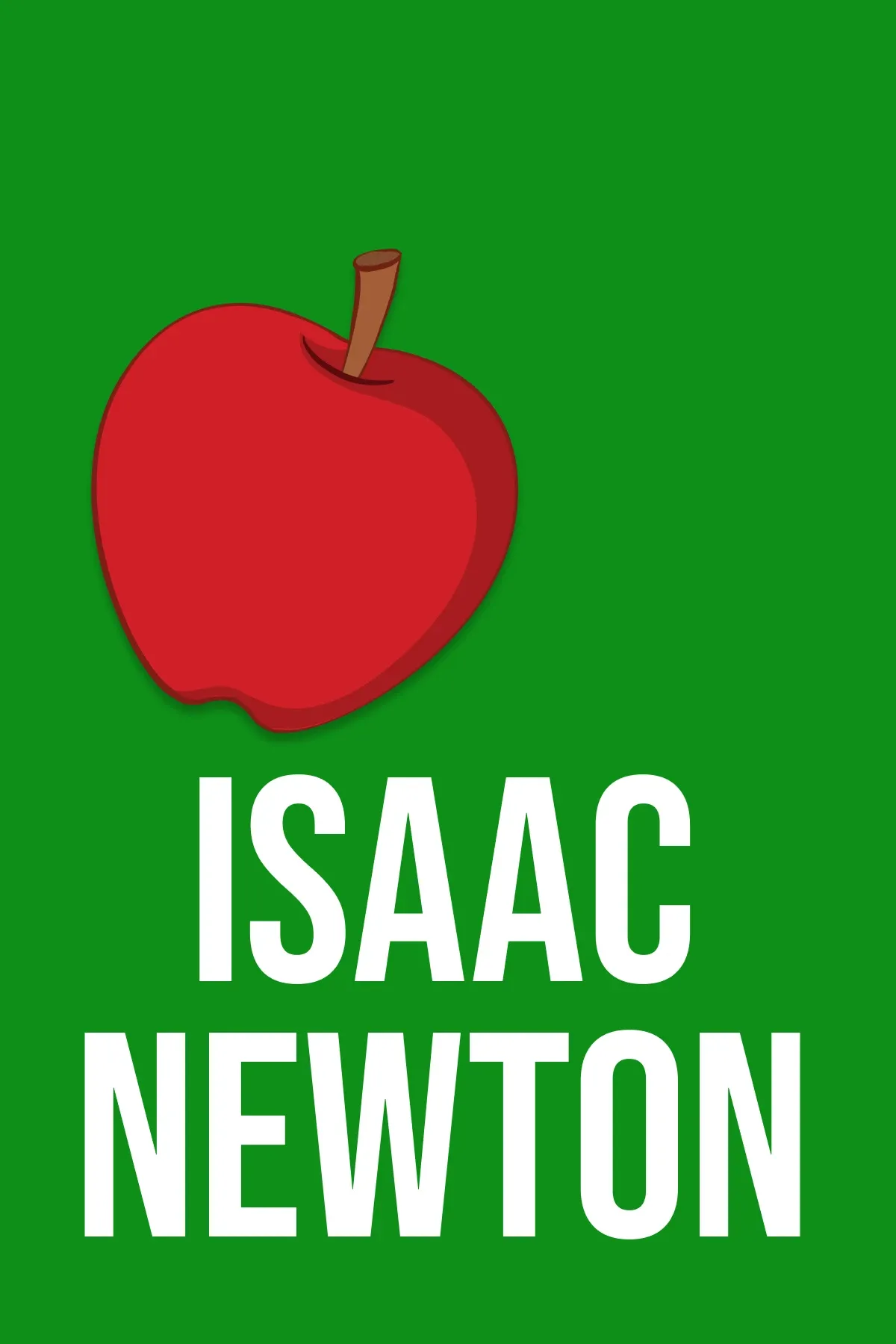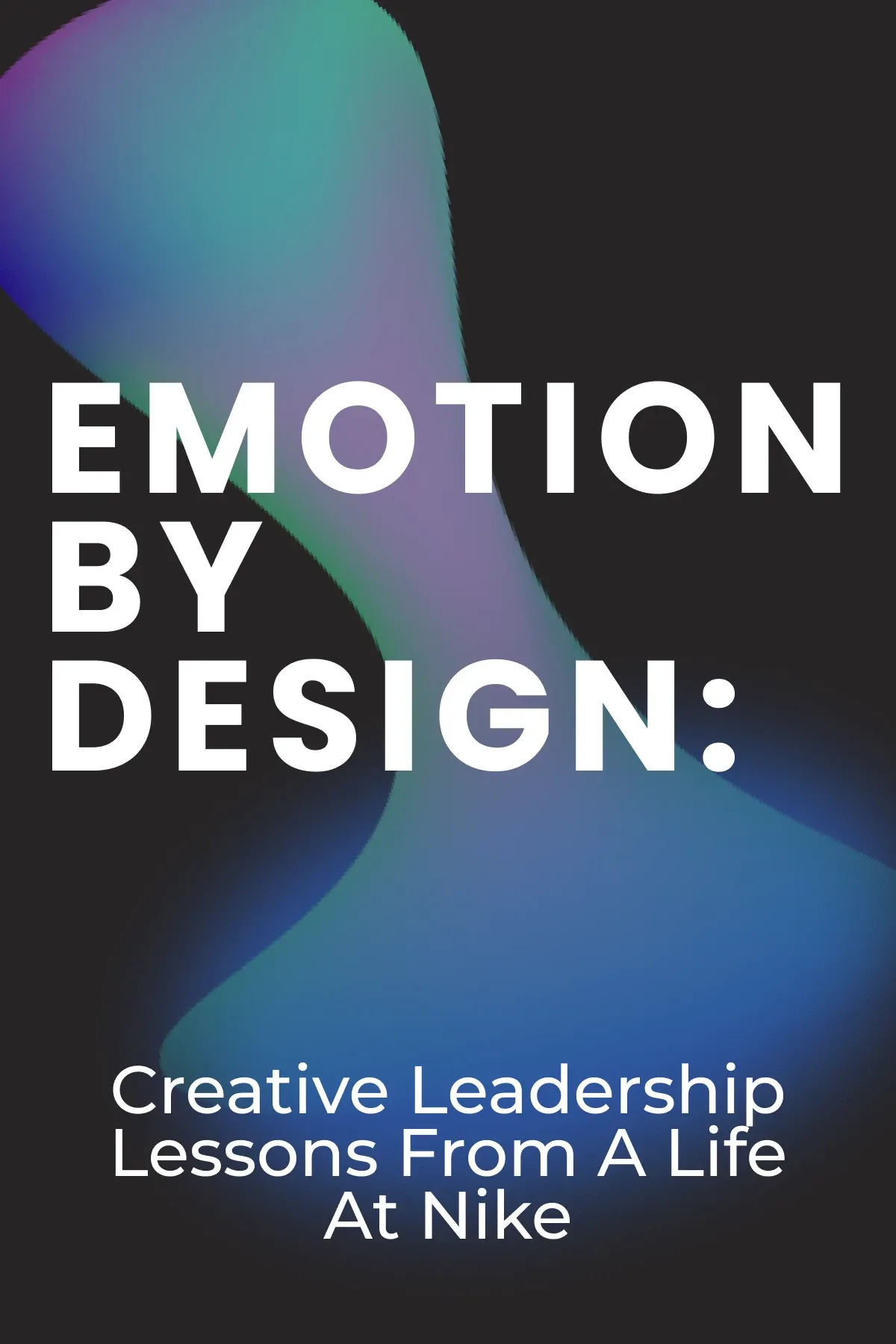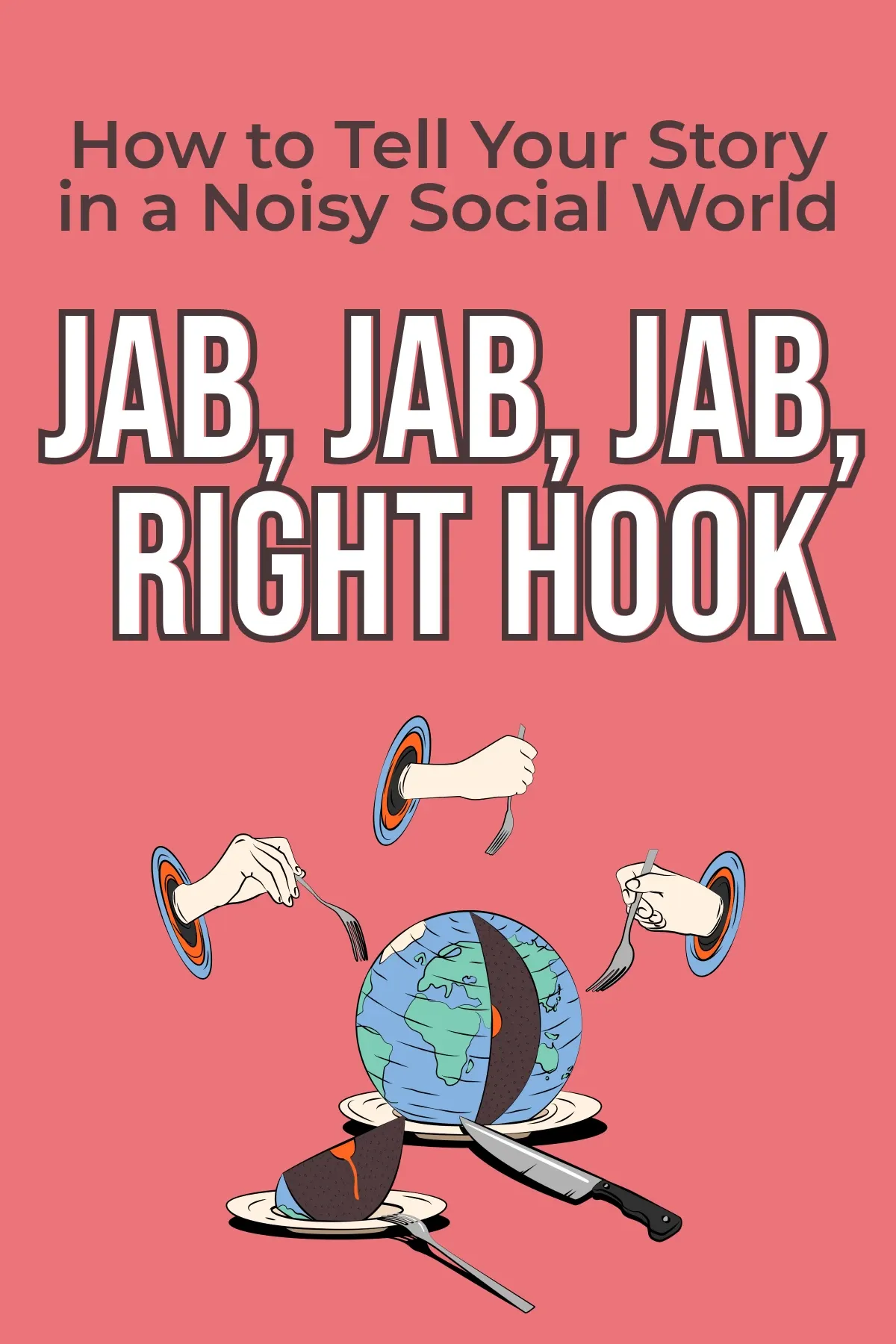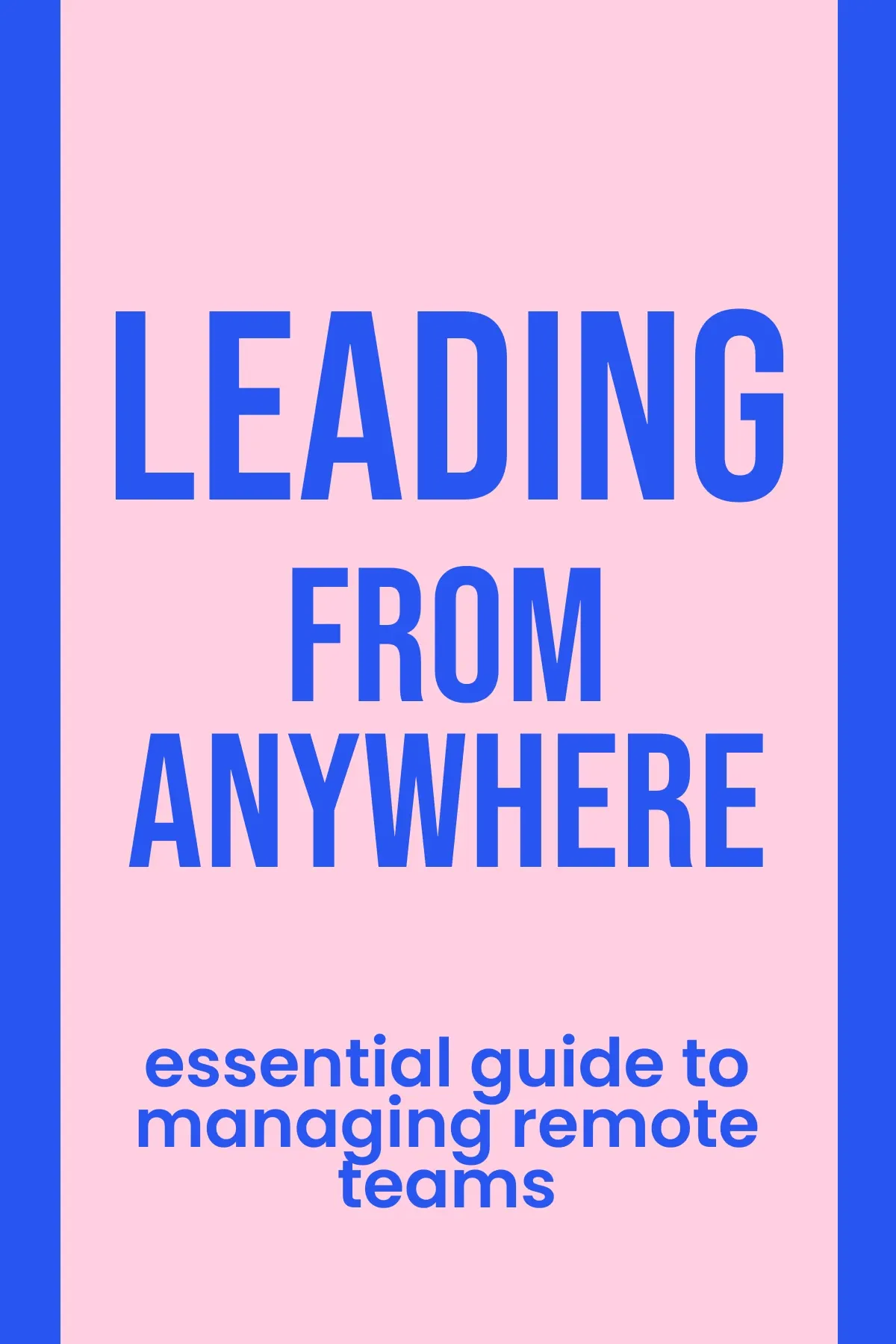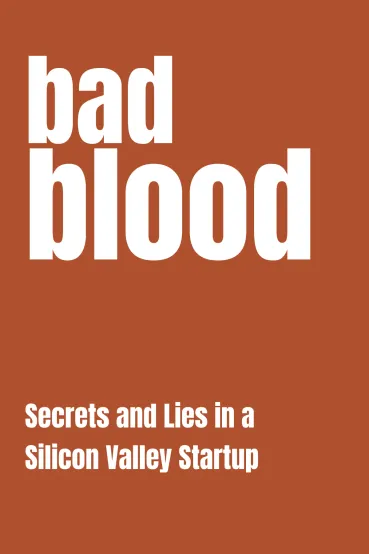
Bad Blood
Brief Summary
“Bad Blood” delves into Elizabeth Holmes' company, Theranos, which pledged a healthcare revolution but was riddled with deception and technical shortcomings. Amidst a toxic work environment, it was a whistleblower who exposed the truth. The narrative centers on Holmes' defiance in a tale of ambition, secrecy, and business failure.
Topics
Key points
Key idea 1 of 10
Elizabeth Holmes had a goal to be on the billionaire's list. Driven by ambition, Elizabeth abandoned Stanford University in 2003. Contemplating a new approach to blood testing, she resolved to establish her own business.
A company called Theranos started in 2004 in Palo Alto, California. The name Theranos is a combination of "therapy" and "diagnosis." Alongside Shaunak Roy, her Stanford contemporary and business partner, Elizabeth managed to weave a compelling narrative. This charmed investors, unzipping their pockets to reveal millions in venture capital. The aim was to turn her ideas into a real and groundbreaking device in Silicon Valley.
Imagine a blood-testing machine, small enough to fit in a wallet yet capable of conducting extensive medical diagnostics. This tiny device would use a simple pinprick to collect blood, which could then be analyzed by a secondary device, roughly the size of a toaster. This larger machine was designed to detect various health conditions, from vitamin deficiencies to serious diseases like HIV.
The practical applications of such a device were immense. In everyday life, it could make routine blood tests as simple and affordable as a shopping trip. Instead of costly visits to doctors and nurses, people could monitor their health easily and efficiently. Diseases could be detected earlier, hormone levels could be tracked continuously, and healthcare professionals could receive real-time data to provide timely, informed advice or even emergency interventions.
The scope of this innovation could be extended to war zones or areas struck by natural disasters. It could be set up in field hospitals or transported in army SUVs to provide critical medical support. Elizabeth's concept wasn't just about a medical device; it was about fundamentally altering how we think about and access healthcare across various contexts.
She collaborated with engineers and lab experts to make her creative idea come true. As the years went by, Theranos gained a lot of attention. People were excited about an invention that would report the state of a person's health with just a tiny drop of blood.
However, as the company grew, problems began to appear. Some experts started to doubt if the device worked as promised. Reports came out that the results from the machine weren't always accurate. Many people were worried because wrong results could mean wrong treatments for patients.
You may also like these summaries


